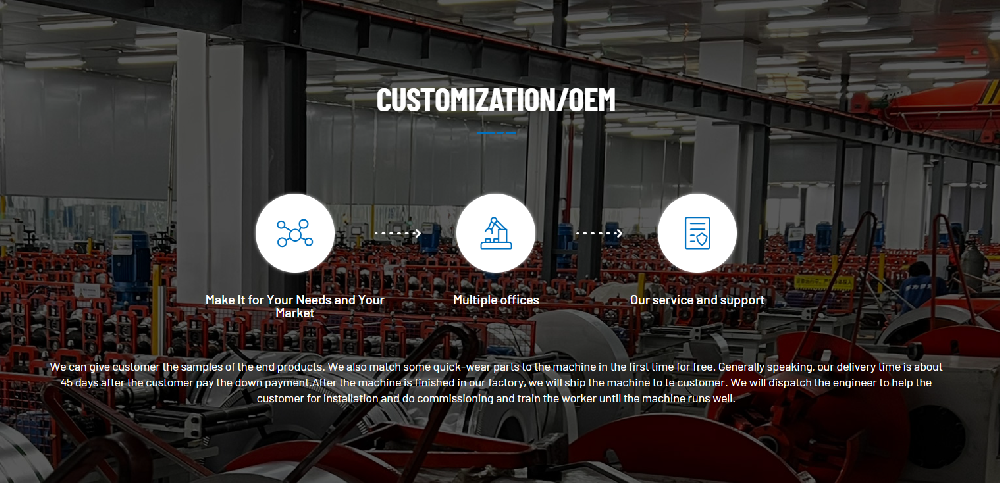Navigation Menu
Contact Us
- Email:
- info@wxavatar.com
- Address:
- Yurong Village, Yuqi Street, Huishan District, Wuxi, China.
Release Date:May 17, 2025 Visit:49 Source:Roll Forming Machine Factory
In today's manufacturing world, efficiency and precision matter more than ever. One process that consistently delivers on both fronts is custom roll forming. This method has become a cornerstone in producing high-quality metal parts for various industries, offering advantages that make it a preferred choice for many manufacturers.

What Is Custom Roll Forming?
Custom roll forming is a metal shaping process where a continuous strip of metal is passed through a series of rollers to gradually form a desired cross-sectional profile. Unlike other metalworking techniques, roll forming allows for consistent, high-volume production while maintaining tight tolerances and minimizing material waste.
Why Manufacturers Choose Custom Roll Forming
1. Cost-Effective for High-Volume Production
Since roll forming is a continuous process, it excels in large-scale production runs. Once the tooling is set up, the per-unit cost drops significantly, making it an economical choice for long production batches.
2. Precision and Consistency
Each pass through the rollers refines the metal’s shape, ensuring uniformity across thousands of parts. This level of consistency is crucial for industries like automotive, construction, and aerospace, where exact specifications are non-negotiable.
3. Material Flexibility
Custom roll forming works with a variety of metals, including steel, aluminum, copper, and stainless steel. This adaptability allows manufacturers to choose the best material for strength, weight, or corrosion resistance without compromising the forming process.
4. Reduced Secondary Operations
Because roll forming can incorporate features like holes, notches, and embossing during the process, it often eliminates the need for additional machining or finishing steps—saving both time and money.
5. Strength and Durability
The cold-forming nature of roll forming preserves the metal’s structural integrity, resulting in stronger finished products compared to methods that involve excessive heat.
Common Applications of Custom Roll Forming
From everyday items to specialized industrial components, roll-formed parts are everywhere:
Construction: Roofing panels, gutters, and metal framing
Automotive: Door beams, seat tracks, and chassis components
Appliances: Shelving, frames, and housing parts
HVAC Systems: Ductwork and ventilation channels
The Future of Custom Roll Forming
As manufacturing demands evolve, roll forming continues to adapt. Advances in computer-aided design (CAD) and automation have made the process even more precise and efficient. With the ability to produce complex profiles while maintaining cost-effectiveness, custom roll forming remains a vital solution for modern manufacturing needs.

Final Thoughts
Custom roll forming bridges the gap between high-quality production and affordability, making it an indispensable process across multiple industries. Whether it’s for a small specialized component or a mass-produced part, this method delivers reliability, efficiency, and performance—qualities that keep it at the forefront of modern manufacturing.
By understanding its benefits and applications, businesses can make informed decisions about incorporating roll-formed parts into their production lines, ensuring they stay competitive in an ever-changing market.